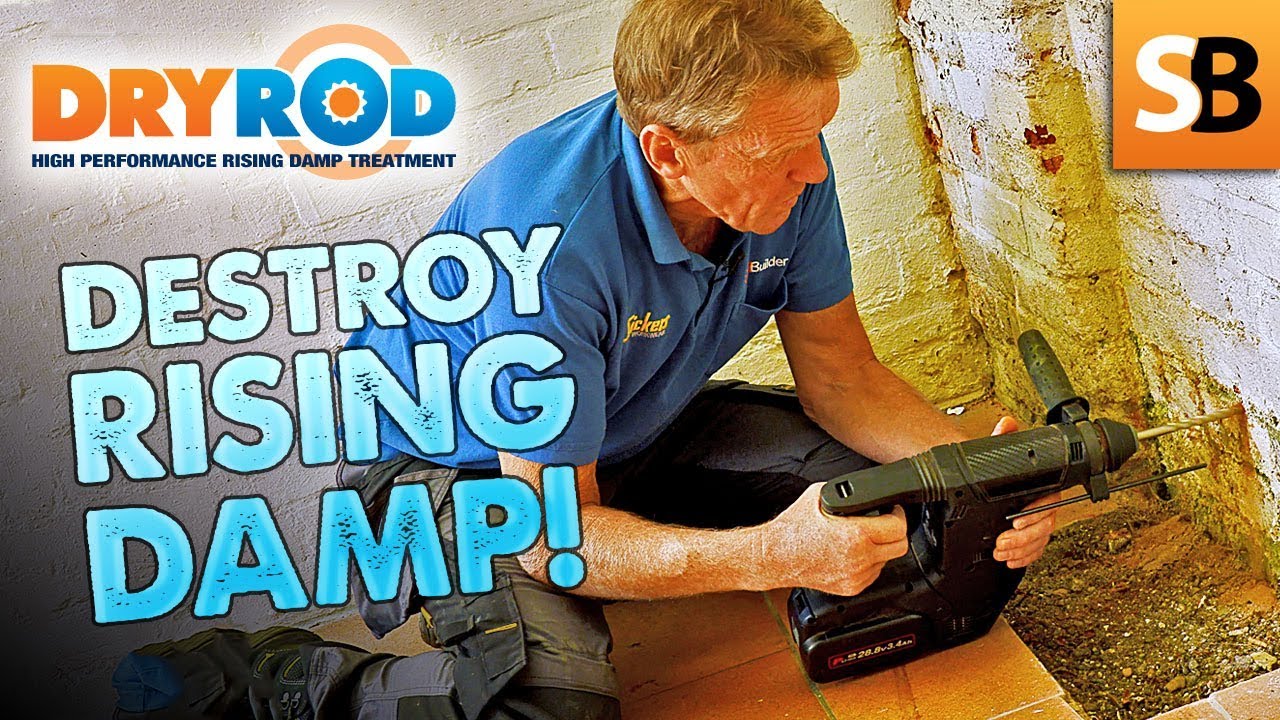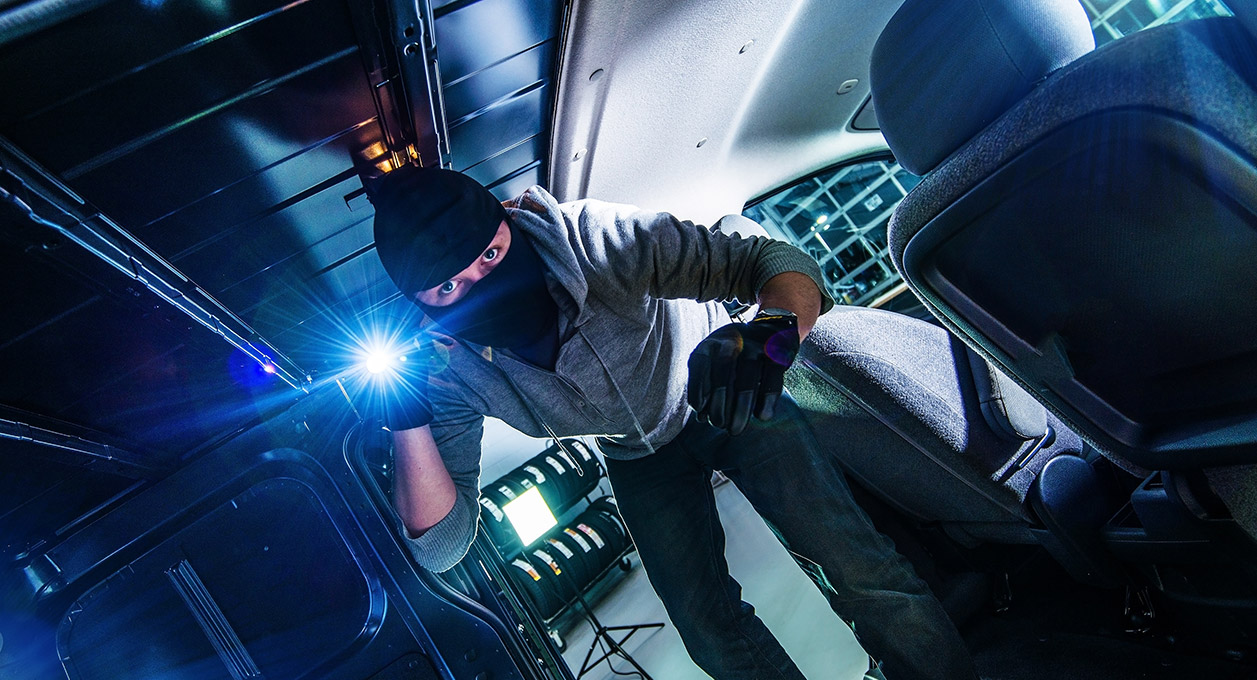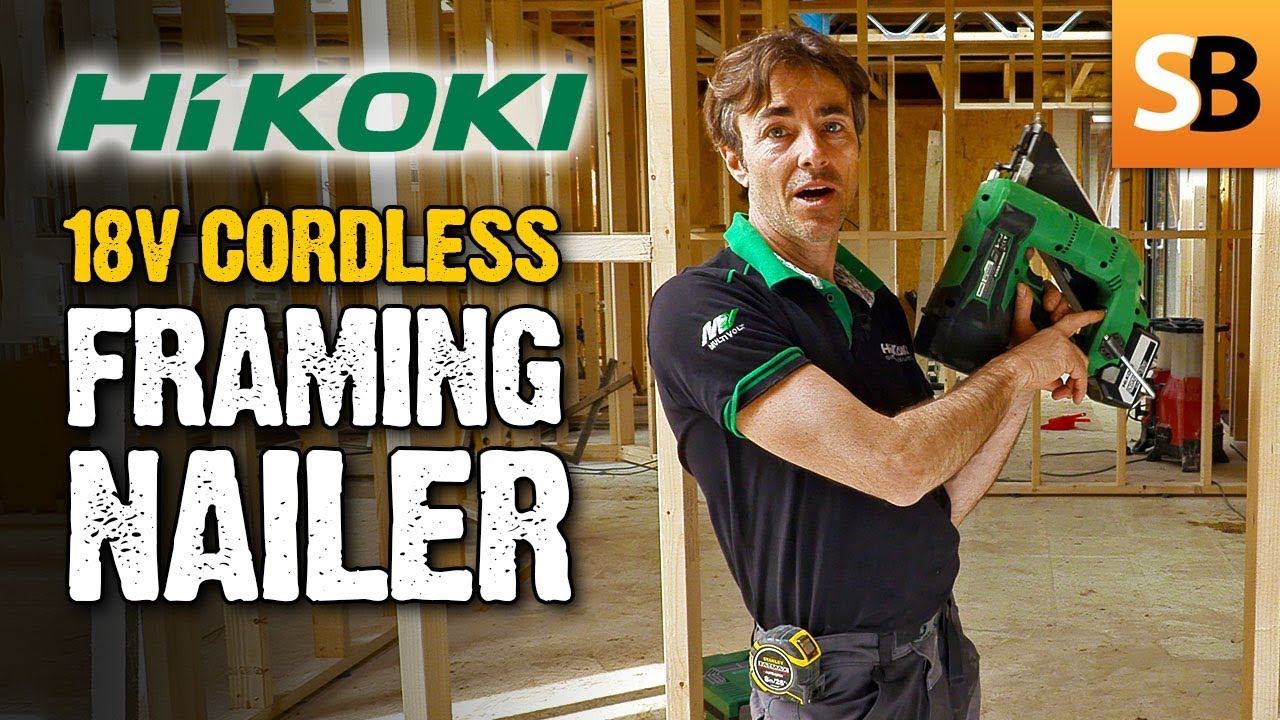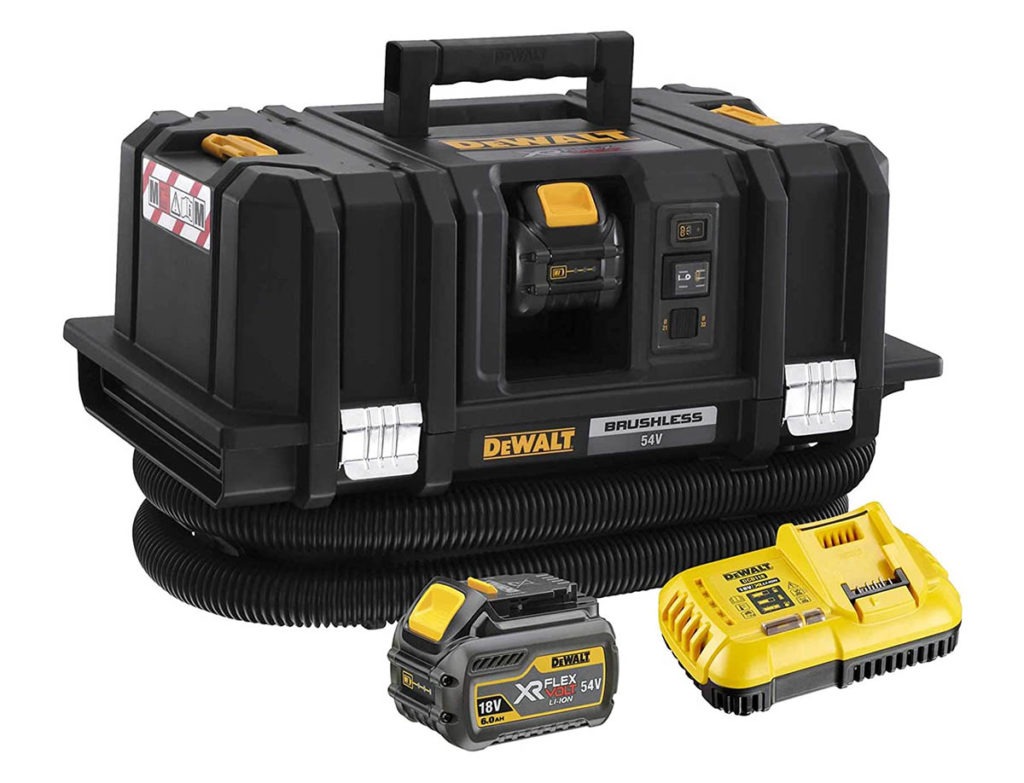Kelly Friel, Digital Product Manager at industry and trade suppliers Zoro, offers her advice for attracting the talents of this under-utilised workforce.
“Companies who take steps to attract more women on board, often outperform those that don’t.”
Women are shockingly under-represented in the construction sector. Currently, only 3% of manual trades, 5% of engineering, 8% of haulage and 12% of professional construction roles are filled by women (Innovate UK), which means that the skills and expertise of almost half the population aren’t being utilised — and the industry is missing out. In fact, companies who take steps to attract more women on board, often outperform those that don’t (Sourceable).
But the problem isn’t necessarily that construction companies aren’t choosing to hire women, rather than women don’t consider careers in the construction sector as a viable career path. So, below are just some of the ways we can attract more women to a job within the construction sector.
Equipment and facilities
From toilets to personal protection equipment that fits, there’s a lot lacking in the industry when it comes to equipment and facilities for women. Most of the time, this is because a company has never had to supply these things before as there’ve been so few on-site, but if you want to attract more women into your workforce, you need to be able to show you’ve made the necessary adjustments.
That goes for atmosphere, too: make sure your sites are places that women would feel comfortable working in. Assigning new starters with a mentor can help make them feel more at ease, as that way they have a confidant they can go to if they have any problems. If employee behaviour is a concern, you could organise some diversity workshops for your staff that cover discriminatory language and conduct prior to new female employees joining the business.
Equal opportunities and pay
As an employer, you must provide equal opportunities from your leadership roles to your onsite engineering positions. It’s illegal to discriminate based on sex and that includes only giving certain jobs to men and women. So, when selecting a candidate, base your decision on their experience, training, and qualifications to find the best person for the job.
Another pressing equality issue is the gender pay gap. Once a woman has managed to overcome the odds and land a traditionally masculine role, she then faces the possibility of being paid less than a man for the same work. This is often accidentally perpetuated by basing employees’ salaries on their previous rates of pay, repeating the mistakes of their former employer, so it’s best not to do this when hiring new staff.
Existing female employees
Raise the profile of women who are already working in construction and make your existing female employees more visible at your company, for example through your website or social media. Not only will female applicants be better able to visualise themselves at your company as a result, but you’ll be leading by example and other businesses will do the same.
It’s also important to consider whether any of your current female employees have been overlooked for promotions or leadership roles. By supporting professional development in your company, candidates will consider even the most basic roles you have available as worthy of their time because they are good career opportunities.
Technology and innovation
There’s a bigger emphasis on technology-aided construction than ever before because it is often cheaper, more precise, eliminates human error and can complete projects of a size and scale that would otherwise be unachievable.
And, technology such as augmented reality, drones and robotics, as well as heavy machinery, means that most construction work is less labour intensive than it was the past, eliminating any concerns people may have had previously about women not having the physical ability to keep a job in construction.
Plus, advertising the use of technology and innovation in your construction business can not only appeal to women but a younger generation who are looking for roles that utilise their digital skills.
These are just some of the ways you can attract more women to roles in your construction company. It’s important for equality that all applicants are considered — but hiring women can greatly benefit your business too.





